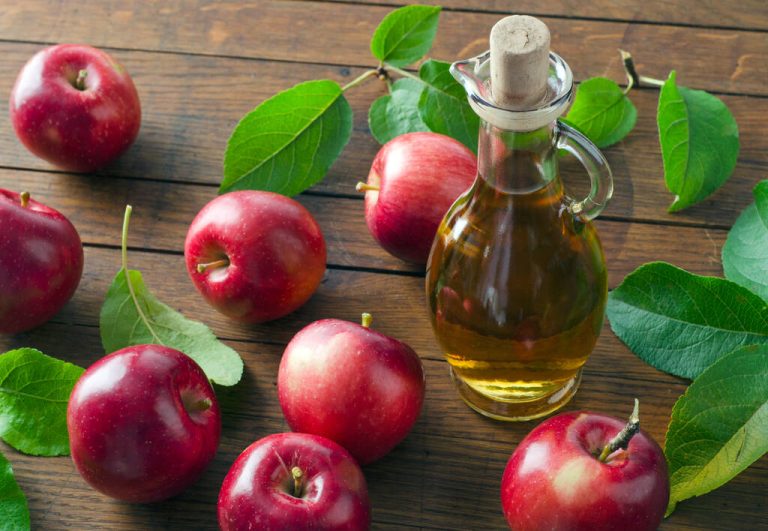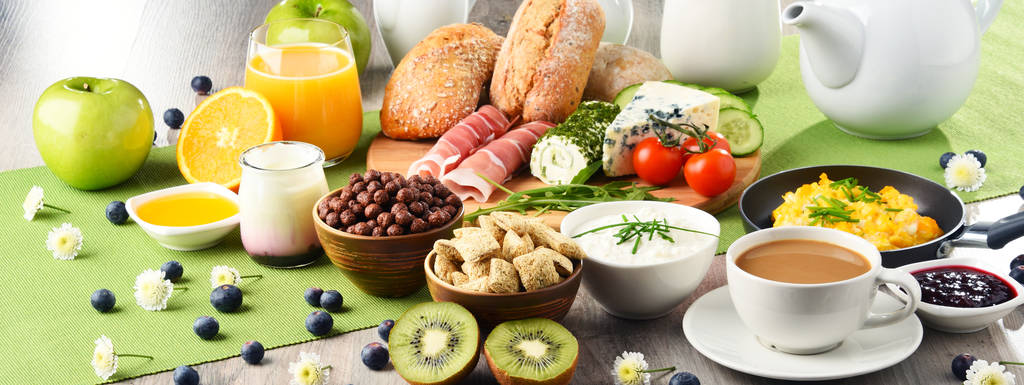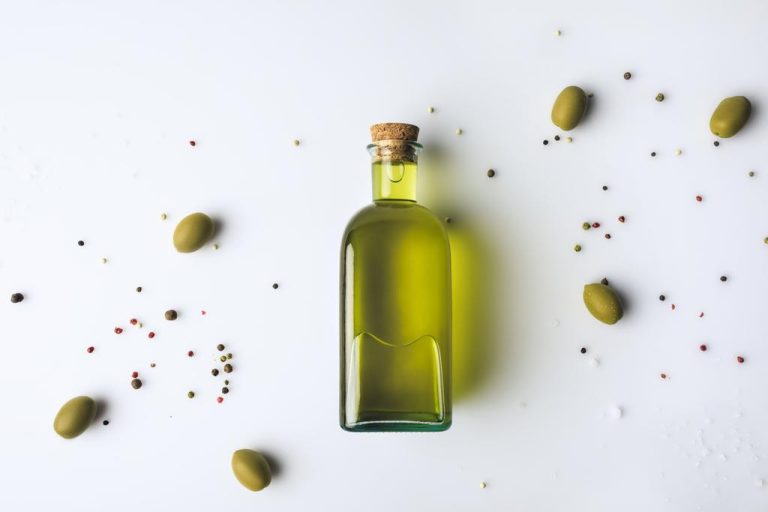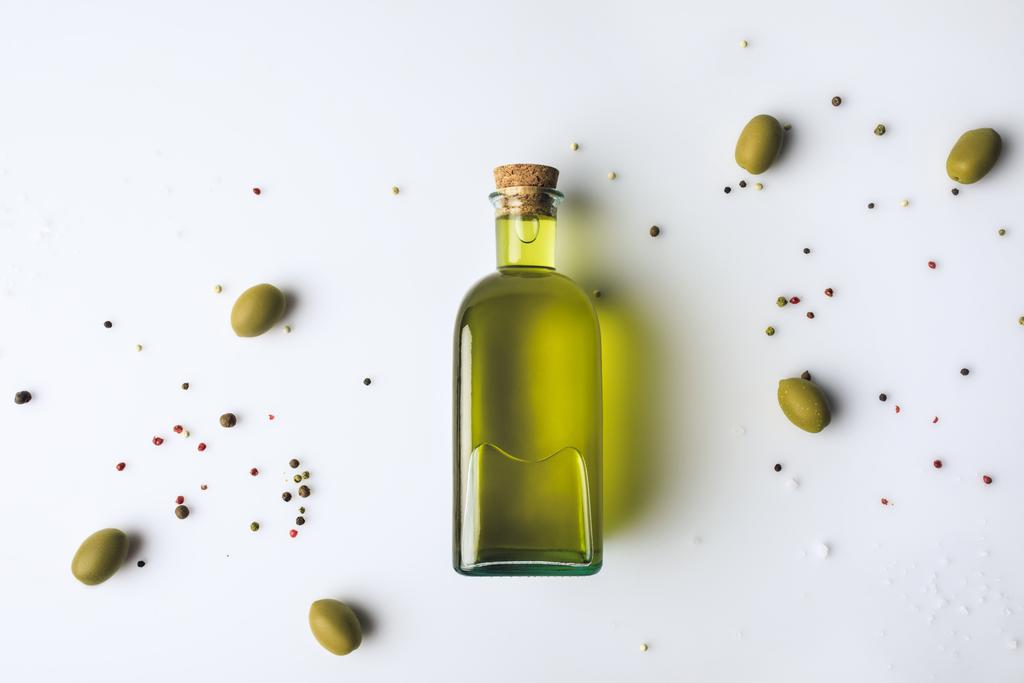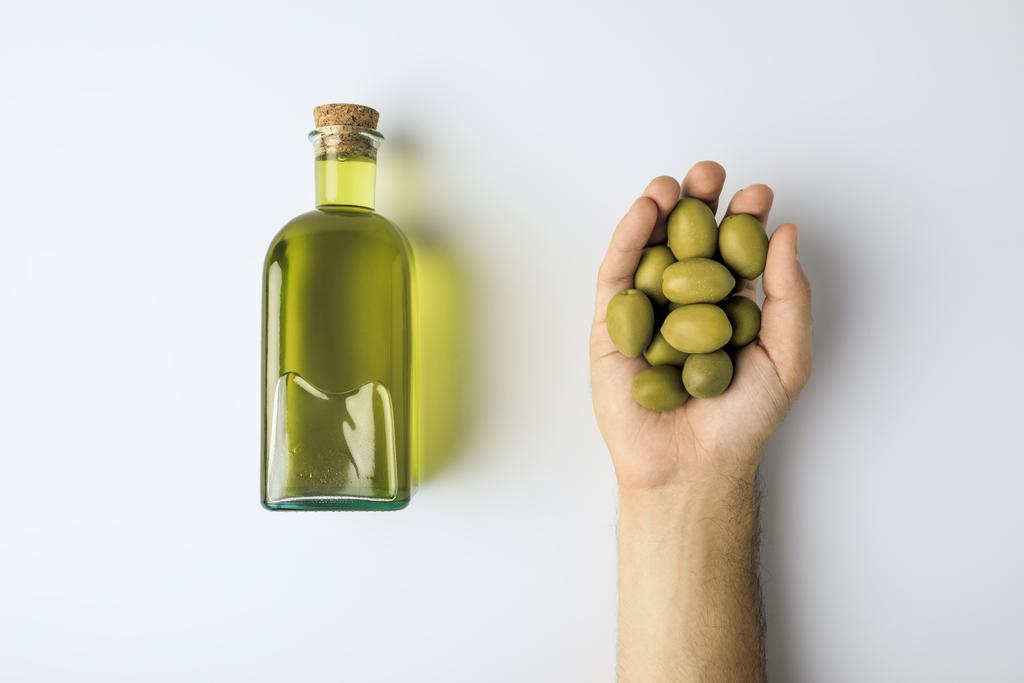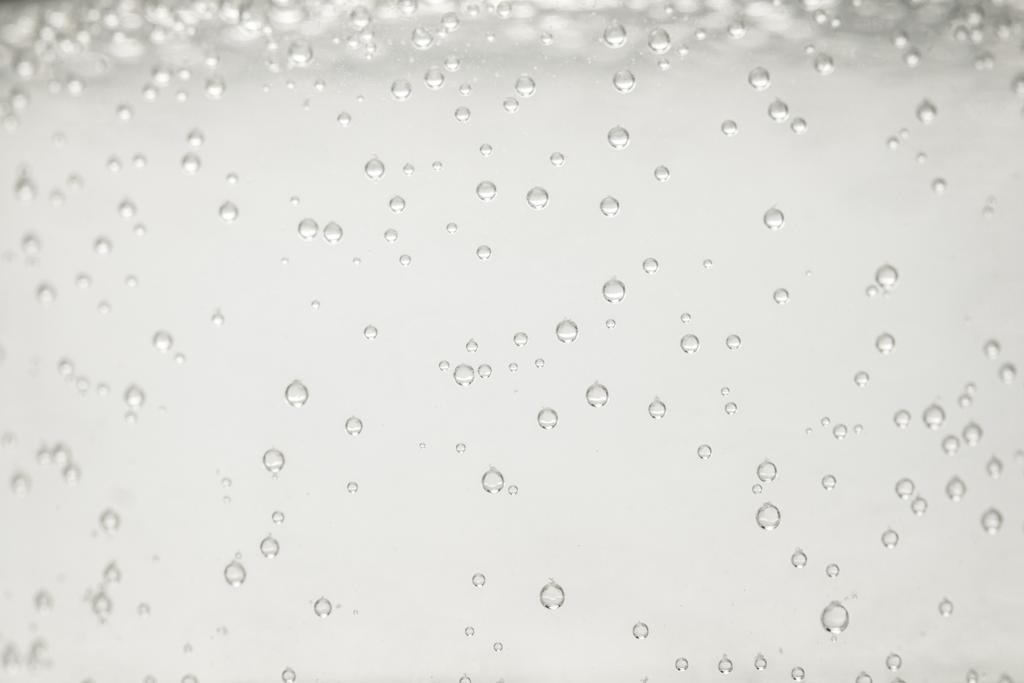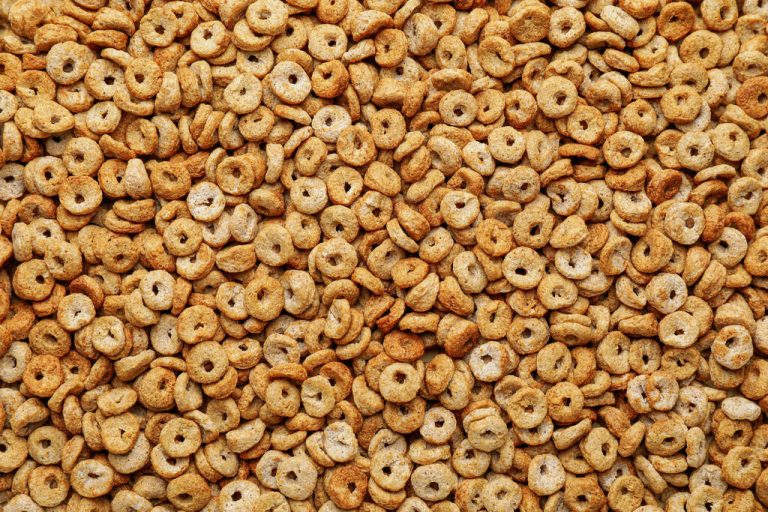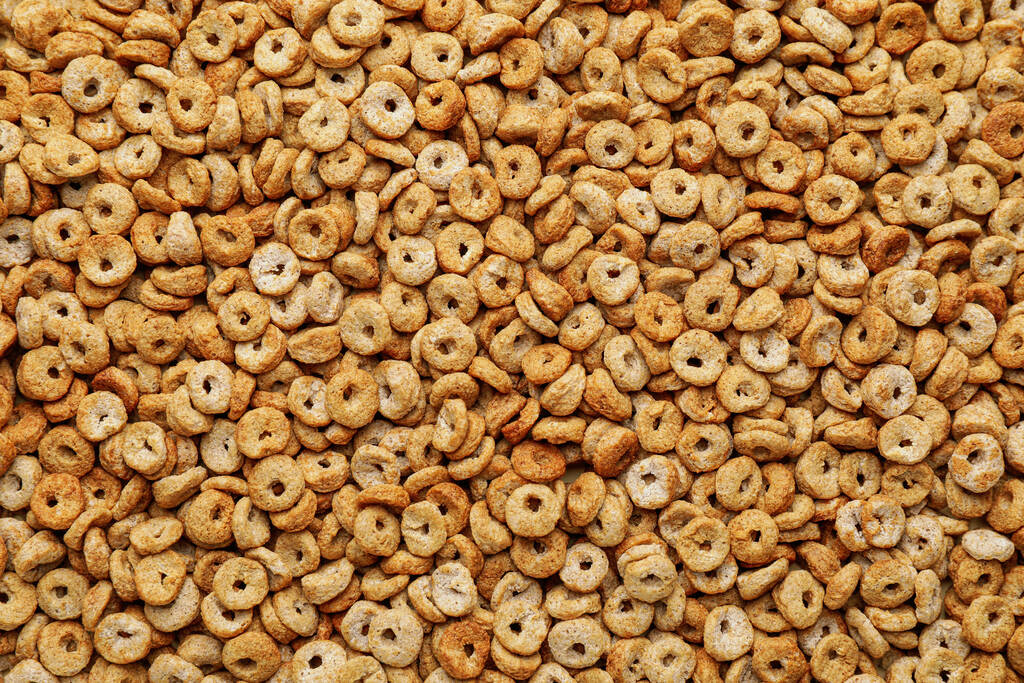Ginger is a plant whose root is dried and used fresh in the kitchen and in the pharmacy. Many people know the delicious ginger tea and the healthy effects of ginger are also well known. Because it helps us with colds, nausea, and much more.
The scientific name “Zingiber” comes from Middle India. It originally comes from the rainforests of Central and Southeast Asia but is now cultivated in a number of tropical and subtropical countries. The main exporters are India and southern China, along with Brazil, Nicaragua, Jamaica, and Nigeria.
It’s in the ginger root
Ginger is a very old spice plant. It smells aromatic and tastes lemony and spicy. Because it mainly contains an essential oil and resin acids, as well as gingerol, which gives it its sharpness. Other ingredients are zingiberene and zingiberol and shogaol (pollutant and degradation product of gingerol) and diarylheptanoids (antioxidant). In addition, the roots contain vitamin C, magnesium and iron and calcium and potassium and sodium, and phosphorus.

The ginger effect
Ginger is healthy because it has an antioxidant and anti-inflammatory effect. It is also said to have digestive and stomach-strengthening effects and stimulating effects. Therefore, it is also often used for health problems, such as gastrointestinal complaints or to treat rheumatism, muscle pain, and colds. But even those who want to lose weight effectively can take advantage of the miracle tuber, as it helps with weight loss.
Use of ginger in the home
The healthy effects of ginger make it an effective natural medicine. It can alleviate or even prevent health problems. As a result, you can mix them into your food, enjoy them as ginger tea, or make yourself ginger water. In the following we have collected the most important areas of application for you:
1) Ginger strengthens your immune system
Ginger is a good home remedy to strengthen the immune system. Because the flavorings in ginger (6-gingerol and citric acid) activate the defense system in the saliva. According to this, there is an antibacterial effect that repels bad bacteria. Consequently, with hot lemon and ginger tea, you prevent the increased penetration of pathogens.
2) Relieves cold symptoms
So that you can quickly relieve cold symptoms, take the ginger root in various forms. Because the essential oils and pungent substances stimulate your blood circulation. In this way, inflammatory substances are to be smuggled out of the body more quickly. As a result, you will heal faster. So make yourself a ginger tea with healing honey or delicious ginger water.
3) Flavor dishes with the yellow root
You can use the dried, peeled side roots as a spice. And the thick middle pieces are pickled in sugar as a delicacy. In Asian cuisine and elsewhere, many dishes are flavored with the root. In the Jamaican kitchen, there is the ginger chicken, with orange rice and the sorrel drink. This is brewed at Christmas time with a type of orchid and refined with ginger and a dash of rum. Or how about spaghetti with ginger and turkey strips?
In Europe, the housewife uses ginger for pastries and sweet desserts, (English) jam, pickles pumpkin, and gherkins, or makes liqueur and brews tea with it. Popular snacks made from ginger are candied, sugared, and chocolate-covered pieces, sticks, lemonade (ginger ale), or chutneys with fish dishes.
4) Deacidify the body with ginger
The substances contained in the miracle tuber can bind excess acids. It is therefore extremely suitable for combating acidification in the body. Therefore, cut ginger into small pieces and pour hot water over it. Then let the ginger water cool down before you consume it throughout the day.
5) Stimulate digestion
If you need a home remedy for constipation, use ginger. Because the tuber stimulates digestion and helps to clean the intestines effectively. For it to work, integrate the spice root into your food or drink it in the form of tea or ginger water. As a result, the digestive problems are quickly resolved.
6) As a home remedy for nausea
You can also use ginger as a home remedy for nausea. Because it effectively reduces the urge to vomit and nausea. Although it is not yet known exactly how this effect occurs, it is certain that it works. Therefore, you should have enough ginger with you on your next flight or boat trip. Ginger can also counteract nausea caused by chemotherapy.
7) Use ginger for heartburn
Since the ingredients of the root bind acids, you can use them as a home remedy for heartburn. In addition, it has a calming and anti-inflammatory effect. This quickly relieves the symptoms of heartburn.
8) Effective for relieving pain

Pain can also be relieved by the daily and regular intake of ginger. The anti-inflammatory and pain-relieving effect of the tuber was proven. Osteoarthritis patients in particular can benefit from this. In addition, also note our natural home remedies for rheumatism.
9) Fight cold sores with ginger
Since the miracle tuber is said to have an antibacterial and anti-inflammatory effect, you can also use it as a home remedy for cold sores. For this, you should press a fresh slice of the tuber on the affected area at the first sign of herpes. Then repeat the process a few times.
10) Effectively relieve muscle spasms
If you suffer from muscle cramps from time to time, the miracle tuber can also help to relieve the pain. Since, as already mentioned, it contains substances that have a pain-relieving effect. Consequently, you can prevent muscle pain with ginger tea. You can also do a ginger poultice if you are in severe pain. To do this, heat-sliced ginger in water for half an hour. Then soak a cloth in the brew and wrap it around the affected area.




